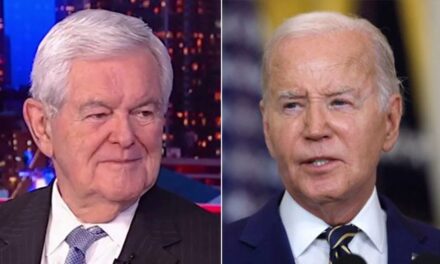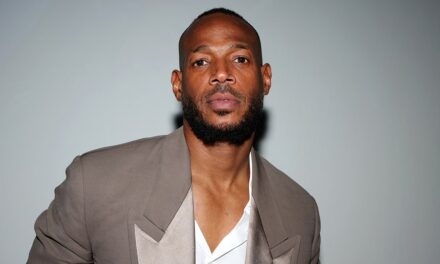In the intensifying landscape of American political campaigns, media engagements have become a critical component in shaping public perception and rallying voter support. A stark contrast has emerged in the frequency of interviews conducted by the presumptive candidates for the upcoming election, with the Trump-Vance ticket significantly outpacing their Democratic counterparts, Harris-Walz.
Since August, former President Donald Trump and Senator JD Vance have embarked on a vigorous media campaign, having participated in a combined total of 75 interviews. This aggressive media strategy, aimed at reinforcing their political narratives and expanding their reach to potential voters, underscores the duo’s commitment to maintaining a robust presence across various media platforms.
On the other hand, Vice President Kamala Harris and Minnesota Governor Tim Walz have jointly given 39 interviews during the same period. This comparatively lower number reflects a different media strategy, possibly focusing on targeted engagements and prioritizing specific issues over the sheer volume of appearances.
The disparity in media appearances is indicative of the differing campaign strategies both tickets are pursuing. Trump’s vast experience in media engagement from his previous campaign and presidency has been a driving factor behind his proactive approach. The choice of JD Vance, an articulate spokesperson with a notable presence in Republican circles, complements Trump’s strategy, allowing them to connect with a broad spectrum of the Republican electorate.
Meanwhile, the Harris-Walz ticket seems to be adopting a more reserved media approach, possibly to refine their messaging and avoid overexposure. Vice President Harris brings considerable experience and visibility from her vice-presidential role, while Governor Walz’s leadership in Minnesota presents a platform to highlight Democratic successes and policies on a state level.
As election day approaches, the different media strategies employed by these two tickets could have a profound impact on voter perceptions. While frequent media engagements can help solidify a candidate’s platform and viewpoints in the minds of the electorate, they also run the risk of missteps in such public forums. Conversely, fewer interviews might suggest a calculated restraint, aiming for deeper, more impactful messaging or conservation of political capital for critical moments within the campaign trail.
Ultimately, the varying volume of interviews between the Trump-Vance and Harris-Walz tickets is a reflection of each campaign’s unique strategy and priorities. Both pairs are likely to adjust their media tactics as the election season progresses, responding to the dynamic needs of their campaigns and the political climate, ensuring they effectively reach and influence their intended audiences.































